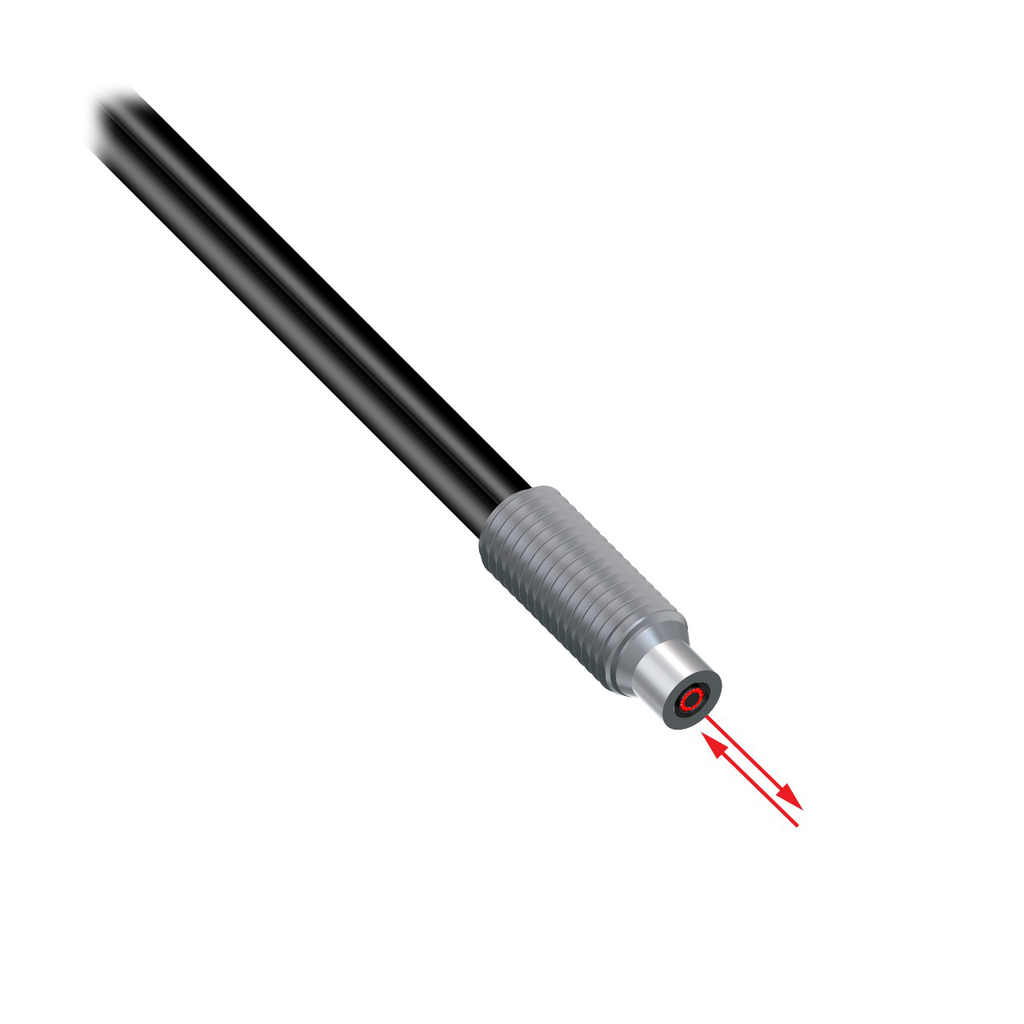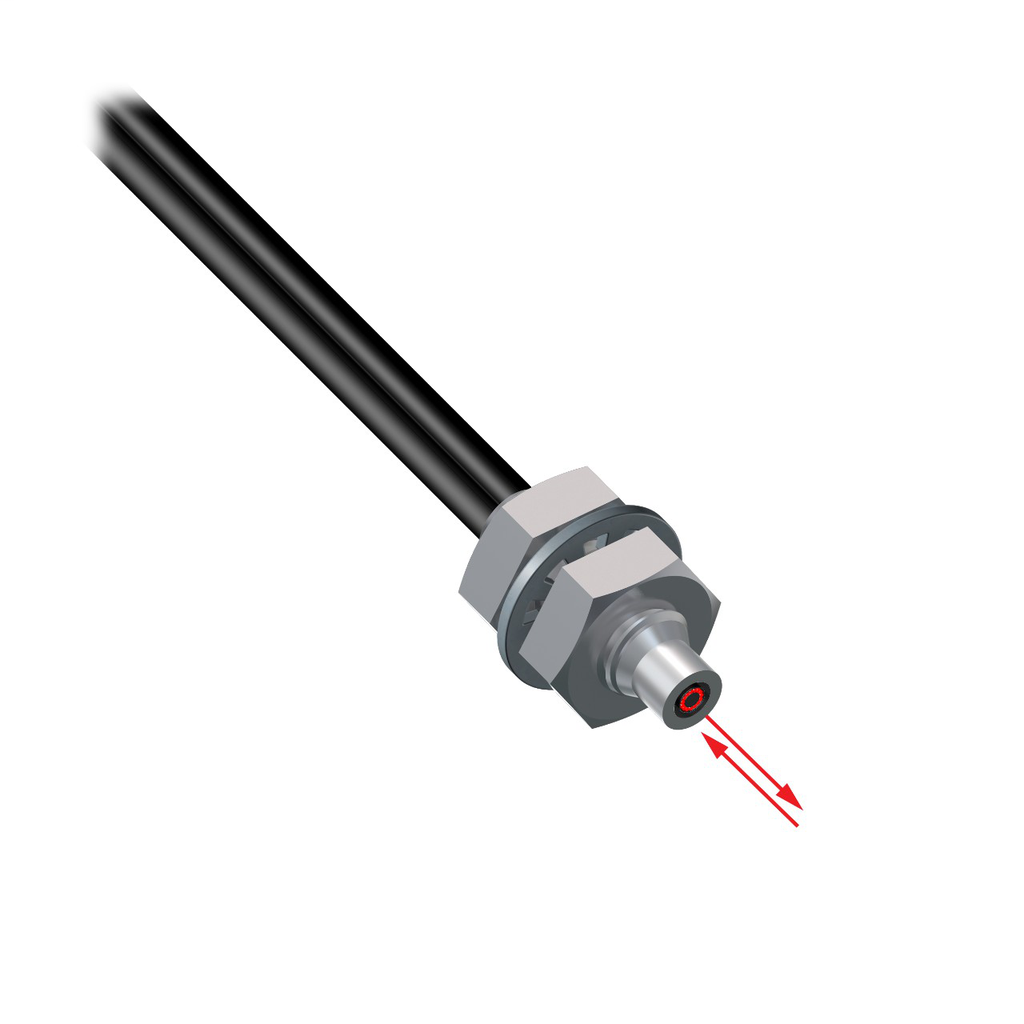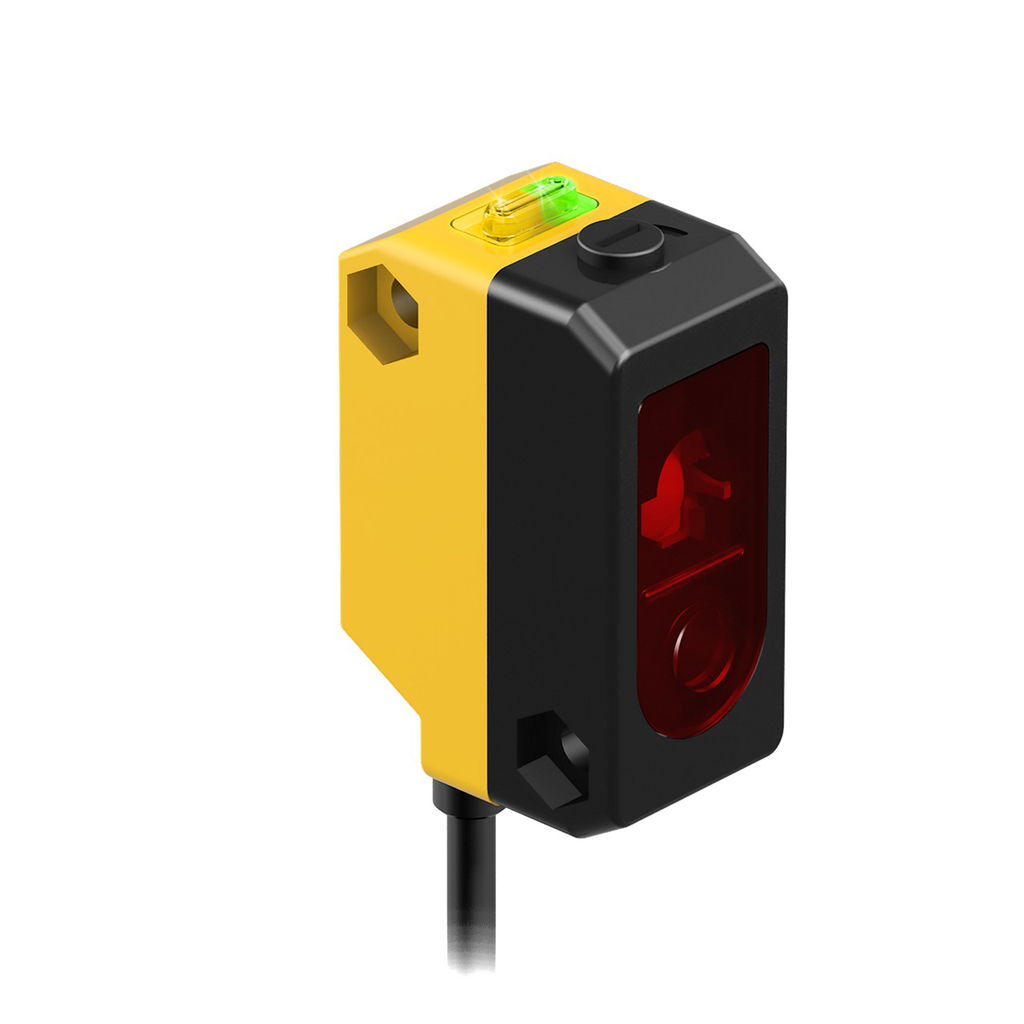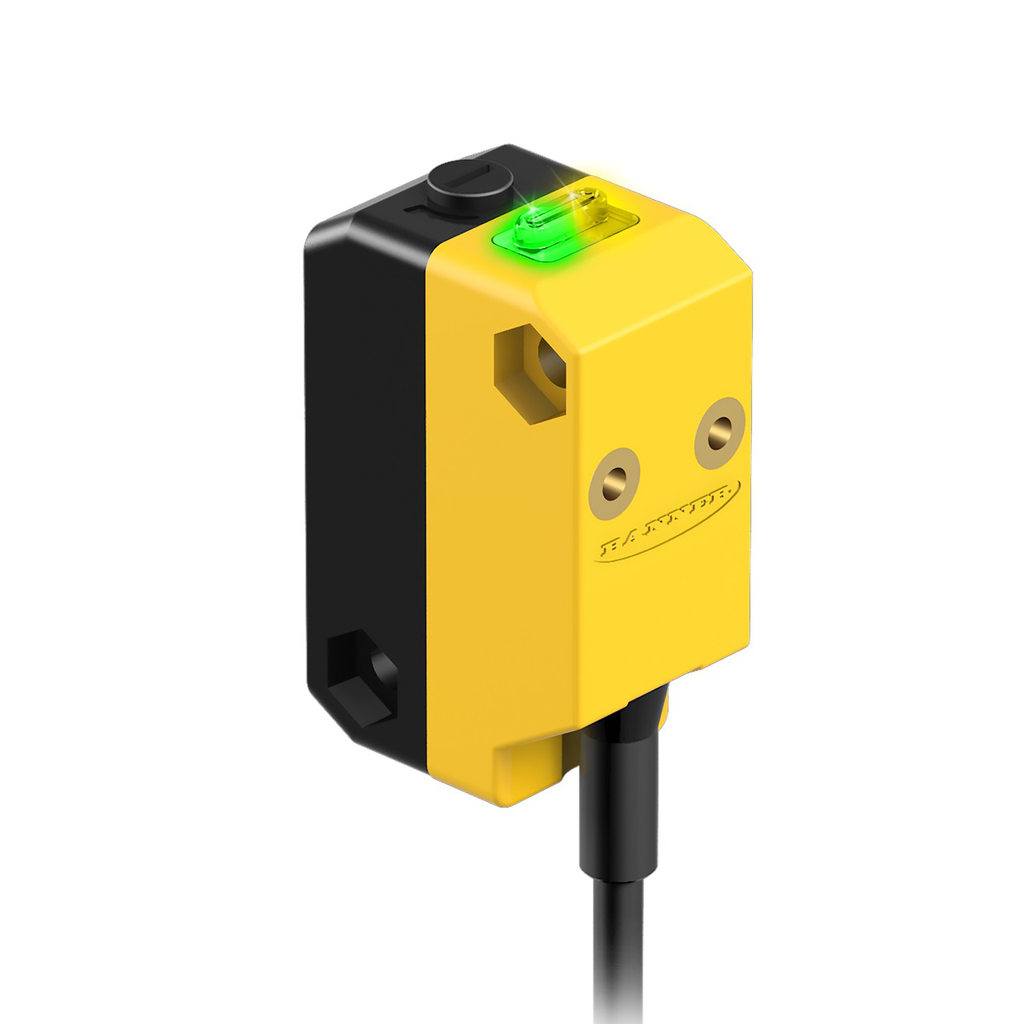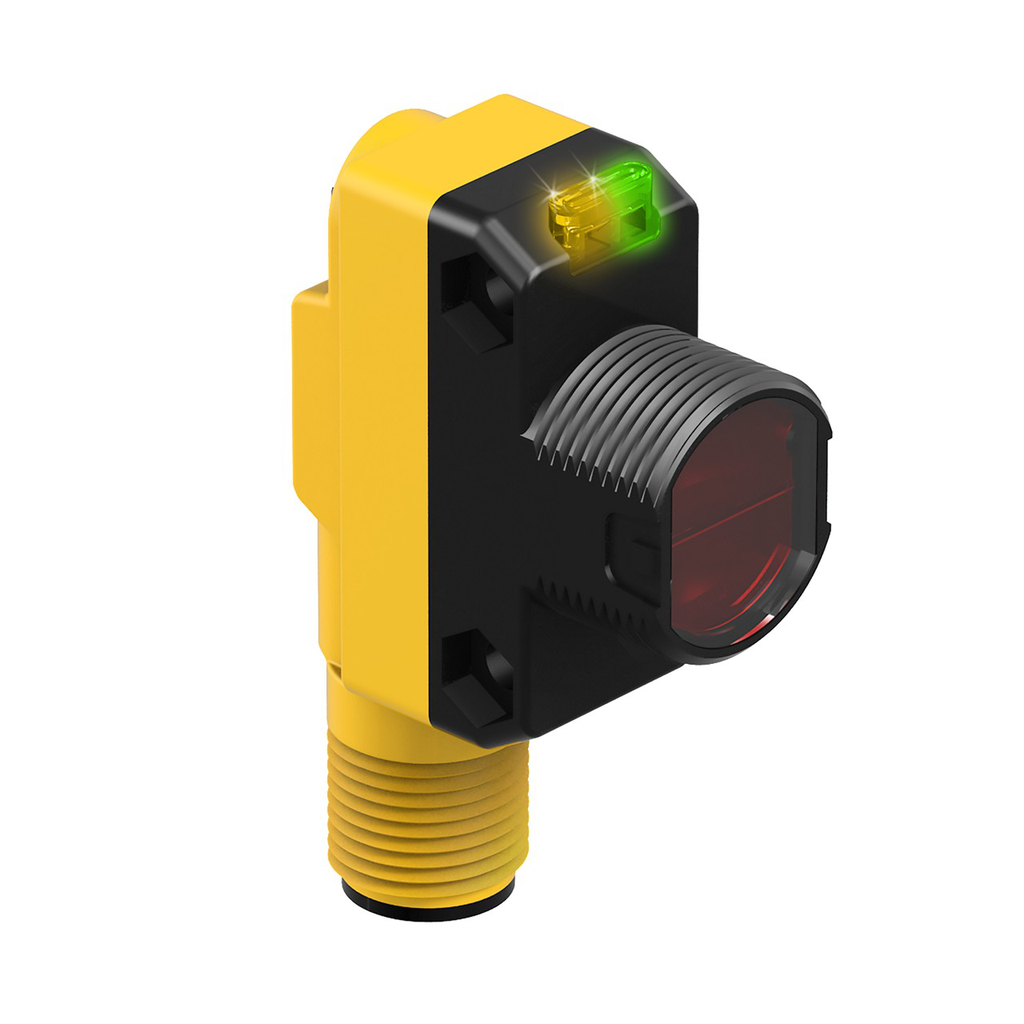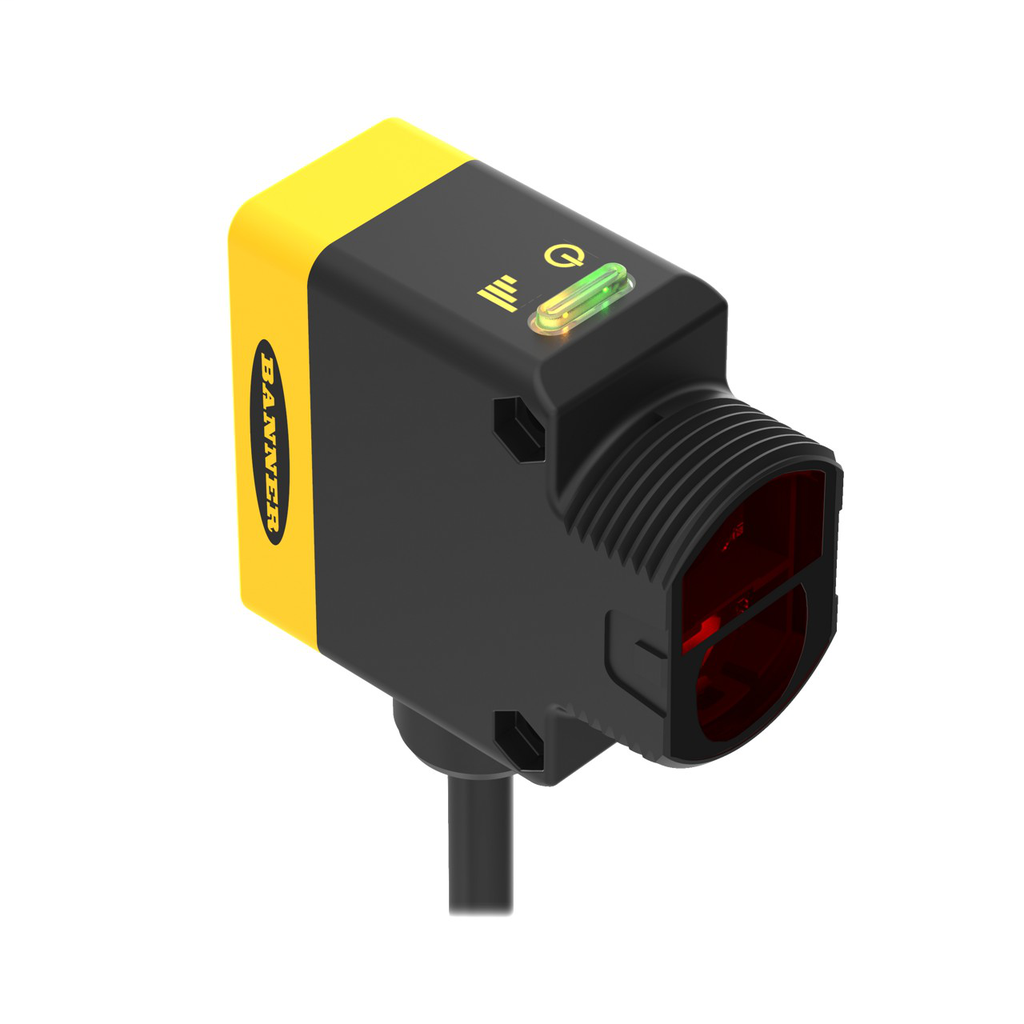Search in Category
Sensors, Photo
Search term required.
Filter Your Search
 Country of Origin
Country of Origin
 Weight
Weight
No Filtered Results...
Shop by Category
Loading...
Photo Sensors
Viewing Page 1 of 302
(3,016 results)
Bracket: Compact 30 mm Swivel; Black rei
Item #:
SMB30SC
Supplier Part #: 52521
Brand:
Banner Engineering
Bracket: Compact 30 mm Swivel, Black reinforced thermoplastic polyester, Wide Range of Articulation, Hardware included
$16.00
/EA
IN STOCK
Plastic Fiber; Diffuse Reflective; Core
Item #:
PBCT46U
Supplier Part #: 35214
Brand:
Banner Engineering
Plastic Fiber, Diffuse Reflective, Core Dia.: 1.0 mm & 16 x 0.25 mm, Fiber Length 2 m, Coaxial, Thread, Free cut
$84.00
/EA
NOT CURRENTLY IN STOCK
Retroreflective Target: Rectangular 80 x
Item #:
BRT-80X50CM
Supplier Part #: 73841
Brand:
Banner Engineering
Retroreflector: Rectangle 80x50mm, Microprism - Reflectivity Factor: 1.4, Max Temp = 60 degree C, Plastic - Mounting Screw Hole
$18.00
/EA
NOT CURRENTLY IN STOCK
WORLD-BEAM QS18 LASER POLAR RETRO; Range
Item #:
QS18VP6LLPQ8
Supplier Part #: 73246
Brand:
Banner Engineering
WORLD-BEAM QS18 LASER POLAR RETRO, Range: 0.1 to 10 m, Input: 10-30V dc, Output: Complementary Solid State PNP, Euro-Style Quick-Disconnect Connector
$177.00
/EA
IN STOCK
WORLD-BEAM QS18 Series: Laser Adjustable
Item #:
QS18VP6LAFQ5
Supplier Part #: 73191
Brand:
Banner Engineering
WORLD-BEAM QS18 Series: Laser Adjustable-Field, Range: Cutoff Adjusts Between 30-150 mm, 10-30V dc, Output: Complementary Solid State PNP, 6 in Pigtail Euro-Style Pigtail QD Connector
$233.00
/EA
IN STOCK
Bracket: 30 mm; Material: 12 Gauge Stain
Item #:
SMB30MM
Supplier Part #: 27162
Brand:
Banner Engineering
Bracket: 30mm, Material: 12 Gauge Stainless Steel, Curved mounting slot for versatility/orientation, Clearance for M6 (1/4 in.) hardware
$13.00
/EA
IN STOCK
Bracket: 18 mm Right-Angle-mount; Materi
Item #:
SMB18A
Supplier Part #: 33200
Brand:
Banner Engineering
Bracket: 18 mm Right Angle-mount, Material: 11 Gauge Stainless Steel, Curved mounting slot for versatility/orientation, Clearance for M4 #8 hardware
$11.00
/EA
IN STOCK
Plastic Fiber, Opposed Mode; Core Dia.:
Item #:
PDIS46UM12
Supplier Part #: 42880
Brand:
Banner Engineering
Plastic Fiber, Opposed Mode, Core Dia.: 1 mm, Fiber Length 2 m, Free cut
$119.00
/EA
IN STOCK
WORLD-BEAM: Polarized Retro; Range: 3.5
Item #:
QS18VP6LPQ8
Supplier Part #: 66452
Brand:
Banner Engineering
WORLD-BEAM: Polarized Retro, Range: 3.5m, Input: 10-30 V dc, Outputs: Complementary PNP, Euro-style Integral Quick-Disconnect
$90.00
/EA
IN STOCK
WORLD-BEAM QS30 Series: Universal Voltag
Item #:
QS30VR3R W/30
Supplier Part #: 73197
Brand:
Banner Engineering
Range: 60m, Input: 12-250V dc or 24-250V ac
$165.00
/EA
IN STOCK

Don't see what you need?
Click here to let us know and we'll help you find what you're looking for.Photo Sensors
As the manufacturing world becomes more integrated with automated technology, it is important to understand how this technology can help you. Industrial automation can make the lives of those working on the production floor easier and help increase a company’s productivity. One type of those helping workers is known as a photoelectric sensor, or photo sensor.What is a Photo Sensor?
A photo sensor is a device that detects a difference in the light level received from the light source. Consisting primarily of an emitter and a receiver, a photoelectric sensor emits light that when interrupted or reflected by the sensing object, it changes the amount of light that arrives at the receiver.Photoelectric sensors come in a variety of forms and can be used in many industries to accomplish a diverse list of tasks. ACD provides many varieties of these sensors, including diffuse-reflective, thru-beam, retro-reflective, and distance-settable sensors.
Types of Photoelectric Sensors
There are three major types of photo sensors: thru-beam, retro-reflective, and diffused. Each sensor is described below and has it’s own strengths and a variety of uses.Thru-Beam Photo Sensors
In thru-beam photoelectric sensing, also known as opposed mode, there are two separate devices that are used to make or break a beam. One sensor houses the light emitter while the other houses the receiver. A thru-beam sensor uses object detection by the light beam between the two sensors being interrupted by an object passing through.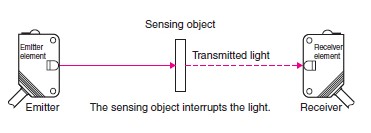
Thru-Beam Applications
- Detect objects
- Very small objects
- Opaque objects
- Detect precise location of a specific object
- Detect spliced or overlapped materials
- Detect the contents of a container
- Detect fill levels inside a container
Retroreflective Photo Sensors
In retroreflective photoelectric sensing, both the emitter (or light source) and receiver are in the same housing. This type of sensor works alongside a reflector where when the light is emitted from the sensor and is aimed at the reflector, it is then sent back to the light receiving element. Retroreflective sensors detect the presence of an object when the light path is interrupted.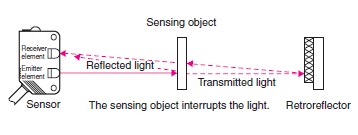
Retroreflective Applications
- Detect reflective tape at high speeds
- Detect objects moving at high speeds
- Detect large objects
- Sense transparent glass or plastic products
Diffused Photo Sensors
In diffused sensing, also known as optical proximity sensing, the light source and receiver are housed in the same device. Diffused sensors detect objects when the light beam that is emitted towards the target is reflected back to the sensor by the target. With all components in a single housing, this type of sensor is a great option for automation since they are more compact than typical units.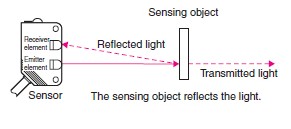
Diffused Applications
- Detect fill levels in a container
- Detect presence of parts, boxes, and other materials
- Detect multiple objects on a conveyor system
- Detect identifying features to determine an object’s orientation


 Brand
Brand

